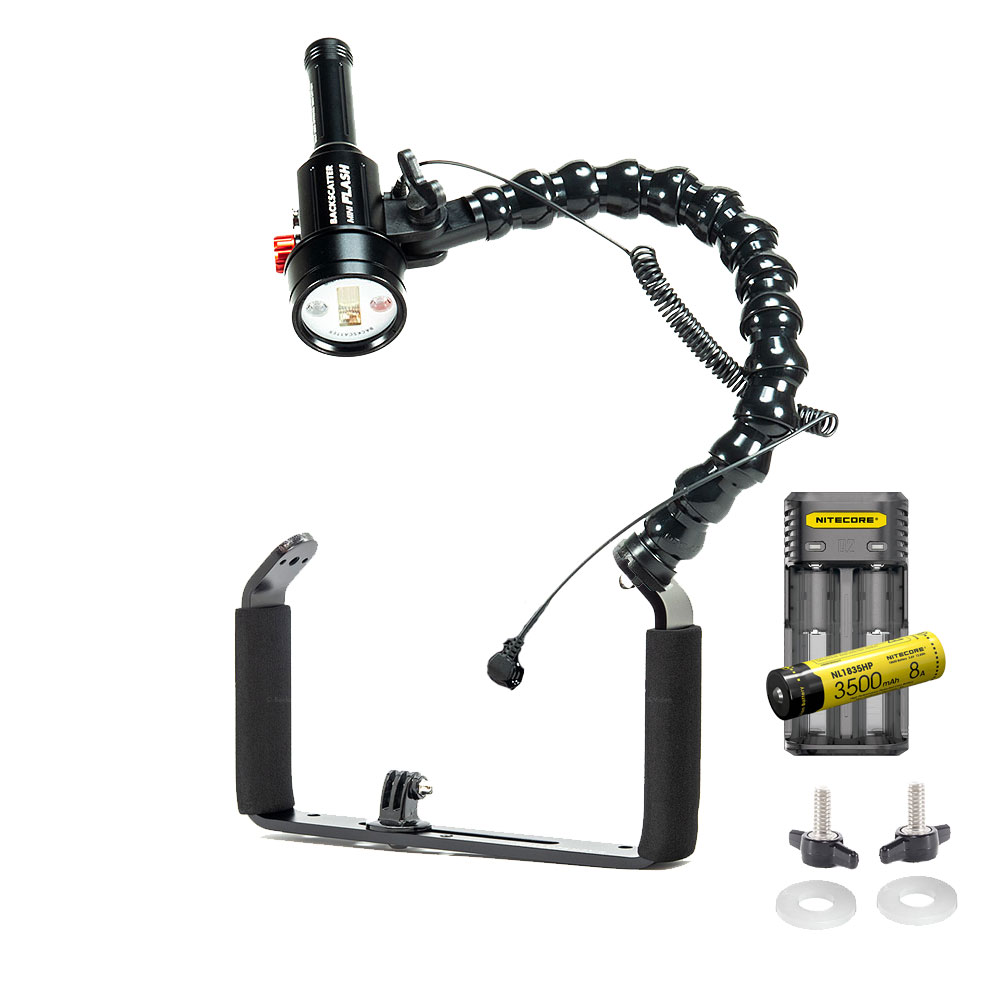Navigation
Scuba Diving TECHNICAL
The Scuba Doctor is the leading source for equipment for advanced and technical divers. We have supplied thousands of experienced tech and rebreather divers worldwide with quality scuba diving equipment from the finest manufacturers.
Every year experienced divers die in diving related avoidable accidents that should not have happened because the victim was "always so careful". One of the more common examples is a failure to analyse gas before diving, but there are many different types of avoidable accidents. The usual explanation put forward is a lapse in following their training, typically as a result of complacency. The victim is blamed for becoming complacent, the dive community is again reminded to be vigilant against complacency, and then another avoidable accident occurs. Perhaps a different way of explaining the cause of these predictable accidents could help effect a change in this unfortunate cycle.
The concept of Normalisation of Deviance has been used to describe the cause of NASA's flawed decisions that led to the Challenger space shuttle disaster. Normalisation of deviance from dive safety begins when the diver has a lapse in one or more safety protocols (often as a result of time and/or financial pressures) and nothing bad happens. The lapse reoccurs without incident and slowly the diver grows more accustomed to the deviant behaviour. Eventually the diver becomes so accustomed to a deviation from dive safety standards that they consider their unsafe behaviour to be acceptably normal. Ultimately one or more safety protocols are permanently deleted from their routine; enabling the diver have a serious, perhaps fatal, accident. To other divers, the accident is bewildering because the behaviour seems obviously unsafe and the victim had enough training and certainly enough experience to "know better".
It's clearly not productive to keep blaming the victim for these avoidable accidents. We can't solve this complex problem in a Tech Tip but a step to addressing this dive safety issue is to begin a discussion within the dive training community. Do we need a different educational approach that formally recognises and addresses normalisation of deviance as an underlying cause of many avoidable accidents among experienced divers? If you are an experienced diver, or dive professional, The Scuba Doctor urges you to raise awareness of this issue among your peers.
Thistle, Port Fairy
![]() Wreck Dive |
Wreck Dive | ![]() Shore access
Shore access
![]()
![]()
![]()
Two-Masted Wooden Brigantine | Max Depth: 3 m (9.84 ft)
Level: Open Water and beyond.
The Thistle shipwreck lies on the shore opposite Rogers Place in Port Fairy Bay on Victoria's Shipwreck Coast. Port Fairy Bay is notorious for vessels dragging and parting with their anchors when southerly and south-easterly gales prevailed. A total of 30 vessels were wrecked in and around the waters of Port Fairy between 1836 until 1876.
Diving and snorkelling the Thistle shipwreck requires calm conditions and a very low swell. See WillyWeather (Port Fairy Bay) as a guide for the tide times and the height of the tide.
{{southern-ocean-warning}}Thistle Shipwreck History — Built in 1825
The Thistle was a two-masted wooden brigantine of 58 tons built in 1825 at Fort Gloster, Bengal, India and is an early example of an Indian-built vessel. The vessel had an overall length of approximately 52.6 ft (16 m), beam 16.3 ft (4.97 m) and draught 8.95 ft (2.73 m).
The ship visited Fremantle in 1830, and then circumnavigated Australia. Bought by the Henty family in 1831, the vessel was used as an inter-colonial trading vessel and a means to explore new areas for settlement and trade.
On 13 October 1834, the Thistle left Launceston, Tasmania with the Henty's onboard to establish the first permanent European settlement on the Victorian coast arriving in Portland on 19 November 1834 — the voyage taking 34 days instead of the expected six due to bad weather. The Thistle subsequently traded across Bass Strait between Victoria and Tasmania. In 1836, Thistle transported three bales of merino wool to Tasmania, the first recorded export of wool from Victoria.
Thistle Sinking — 25 December 1837
The Thistle arrived in Port Fairy under the command of Captain Charles Mills to load a cargo of wattle bark (used for tanning) bound for Launceston which was completed by 22 December 1837. She then waited for suitable weather before starting the return voyage to Launceston. On Christmas Day 1837 a gale set in from the southeast. The Thistle broke its anchor cables mid afternoon on 25 December 1837 and was driven onto shore where it was declared a total loss. Thistle gradually sank into the sand and the vessel's upper works broke away through natural forces or used to form parts of the houses in the growing settlement of Port Fairy.
Only four Asian built vessels have been confirmed as being lost on the coast of Victoria during the 19th century. The Thistle and Regia (Portland Bay) are the only ones that have been located. The other three Asian built vessels were the Martha (built in Thailand), Merope (built in Fort Gloster, Bengal, India) and Regia (built in Cochin, India).
See also, west-coast-shipwreck-trail,
Heritage Council Victoria: Thistle, and
Australian National Shipwreck Database: Thistle.
Heritage Warning: Any shipwreck or shipwreck relic that is 75 years or older is protected by legislation. Other items of maritime heritage 75 years or older are also protected by legislation. Activities such as digging for bottles, coins or other artefacts that involve the disturbance of archaeological sites may be in breach of the legislation, and penalties may apply. The legislation requires the mandatory reporting to Heritage Victoria as soon as practicable of any archaeological site that is identified. See Maritime heritage. Anyone with information about looting or stolen artefacts should call Heritage Victoria on (03) 7022 6390, or send an email to heritage.victoria@delwp.vic.gov.au.
Traditional Owners — This dive site is in the traditional Country of the Eastern Maar people of south-western Victoria between the Shaw and Eumerella Rivers and from Yambuk in the south to beyond Lake Linlithgow in the north. This truly ancient Country extends as far north as Ararat and encompasses the coastal townships of Port Fairy in the west, Warrnambool, Peterborough, Port Campbell, Apollo Bay, Lorne, and Airies Inlet in the east, including the Great Ocean Road area. It also stretches 100 metres out to sea from low tide and therefore includes the iconic Twelve Apostles. "Eastern Maar" is a name adopted by the people who identify as Maar, Eastern Gunditjmara, Tjap Wurrung, Peek Whurrong, Kirrae Whurrung, Kuurn Kopan Noot and/or Yarro waetch (Tooram Tribe) amongst others. We wish to acknowledge the Eastern Maar as Traditional Owners. We pay respect to their Ancestors and their Elders, past, present and emerging.
Thistle, Port Fairy Location Map
Latitude: 38° 23.044′ S (38.384067° S / 38° 23′ 2.64″ S)
Longitude: 142° 14.615′ E (142.243583° E / 142° 14′ 36.9″ E)
Datum: WGS84 |
Google Map
| Get directions
Added: 2021-06-18 16:30:10 GMT, Last updated: 2022-05-23 19:12:13 GMT
Source: GPS (verified)
Nearest Neighbour: Lydia, 216 m, bearing 27°, NNE
Two-Masted Wooden Brigantine.
Built: Fort Gloster, Bengal, 1825.
Sunk: 25 December 1837.
Port Fairy, Shipwreck Coast.
Depth: 3 m.
[ Top ]
DISCLAIMER: No claim is made by The Scuba Doctor as to the accuracy of the dive site coordinates listed here. Should anyone decide to use these GPS marks to locate and dive on a site, they do so entirely at their own risk. Always verify against other sources.
The marks come from numerous sources including commercial operators, independent dive clubs, reference works, and active divers. Some are known to be accurate, while others may not be. Some GPS marks may even have come from maps using the AGD66 datum, and thus may need be converted to the WGS84 datum. To distinguish between the possible accuracy of the dive site marks, we've tried to give each mark a source of GPS, Google Earth, or unknown.







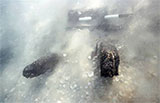
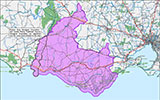
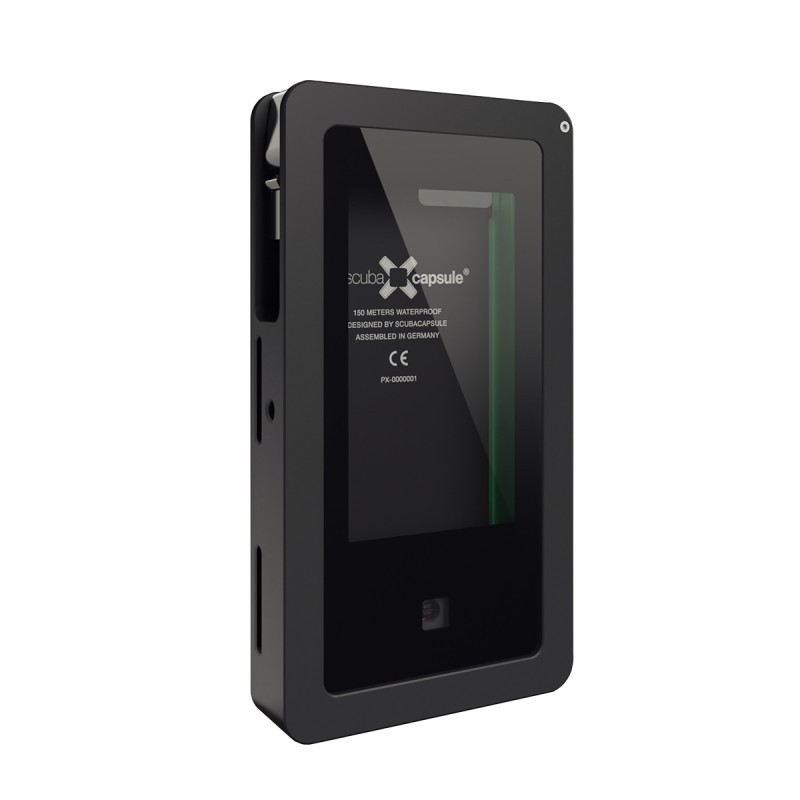
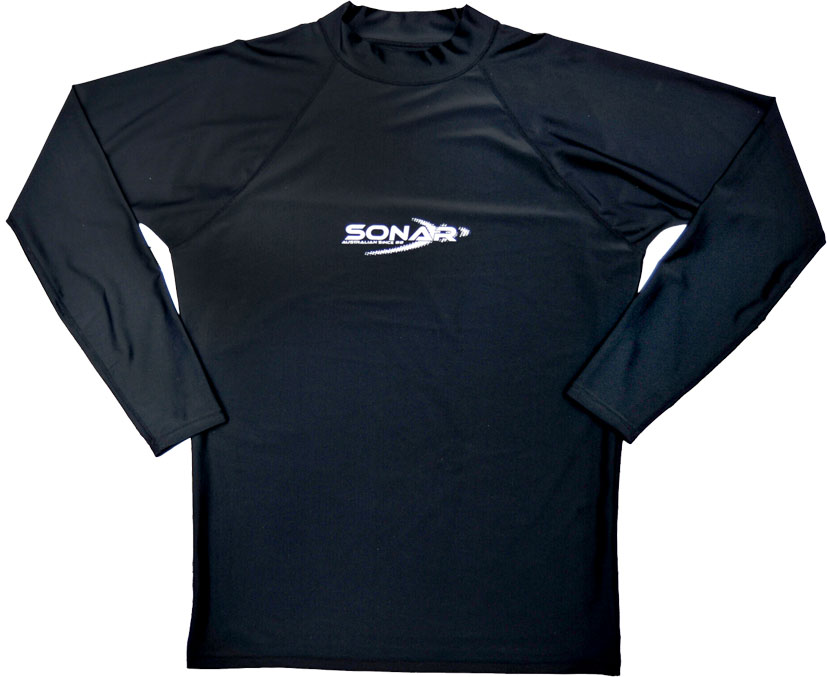
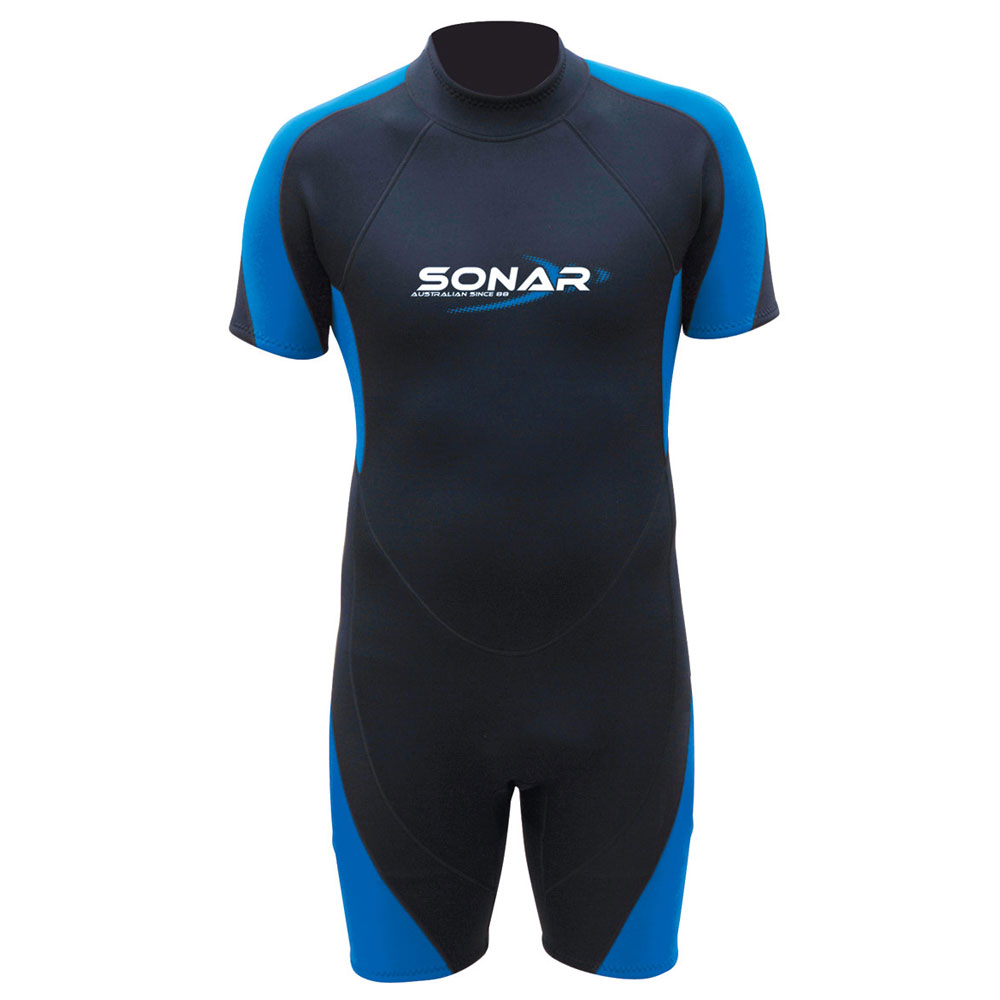
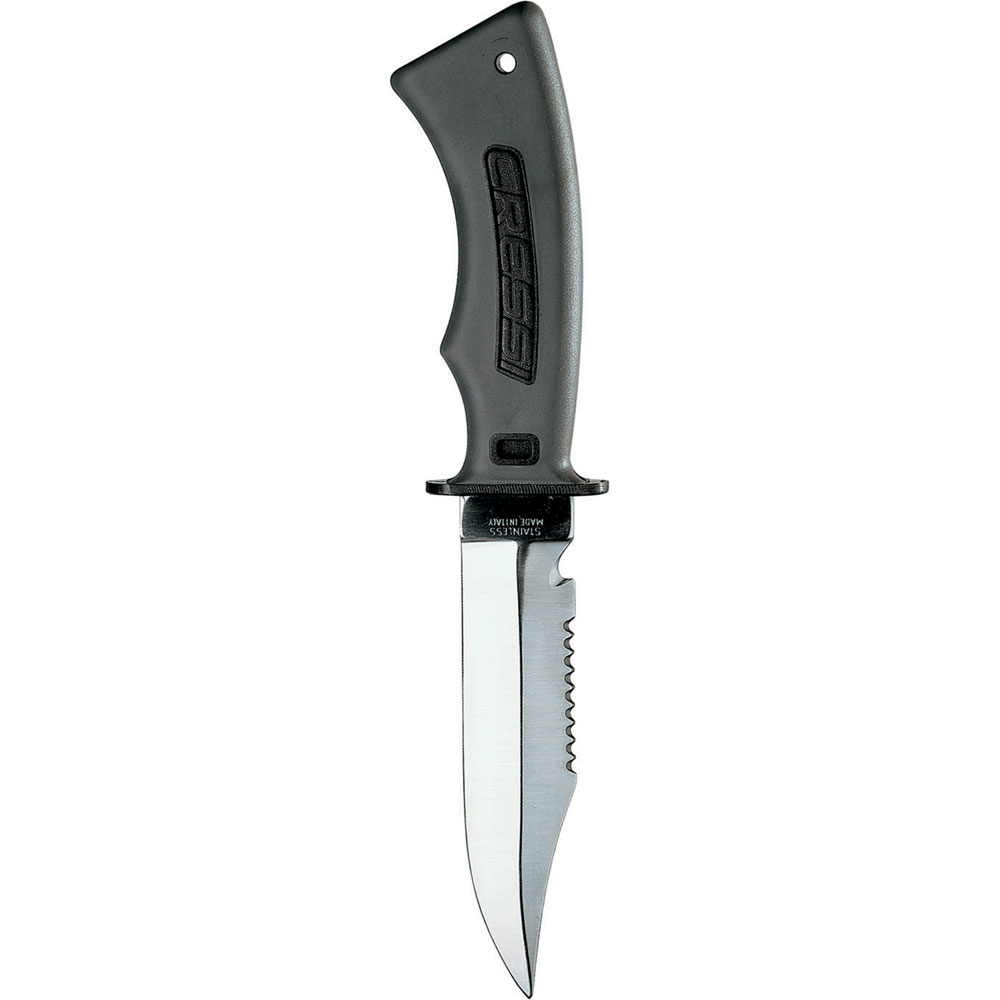


![Halcyon Infinity 30lb System [SS Small Backplate] Halcyon Infinity 30lb System [SS Small Backplate]](/diveshop/images/halcyon/Halcyon-Evolve-Wing.jpg)
